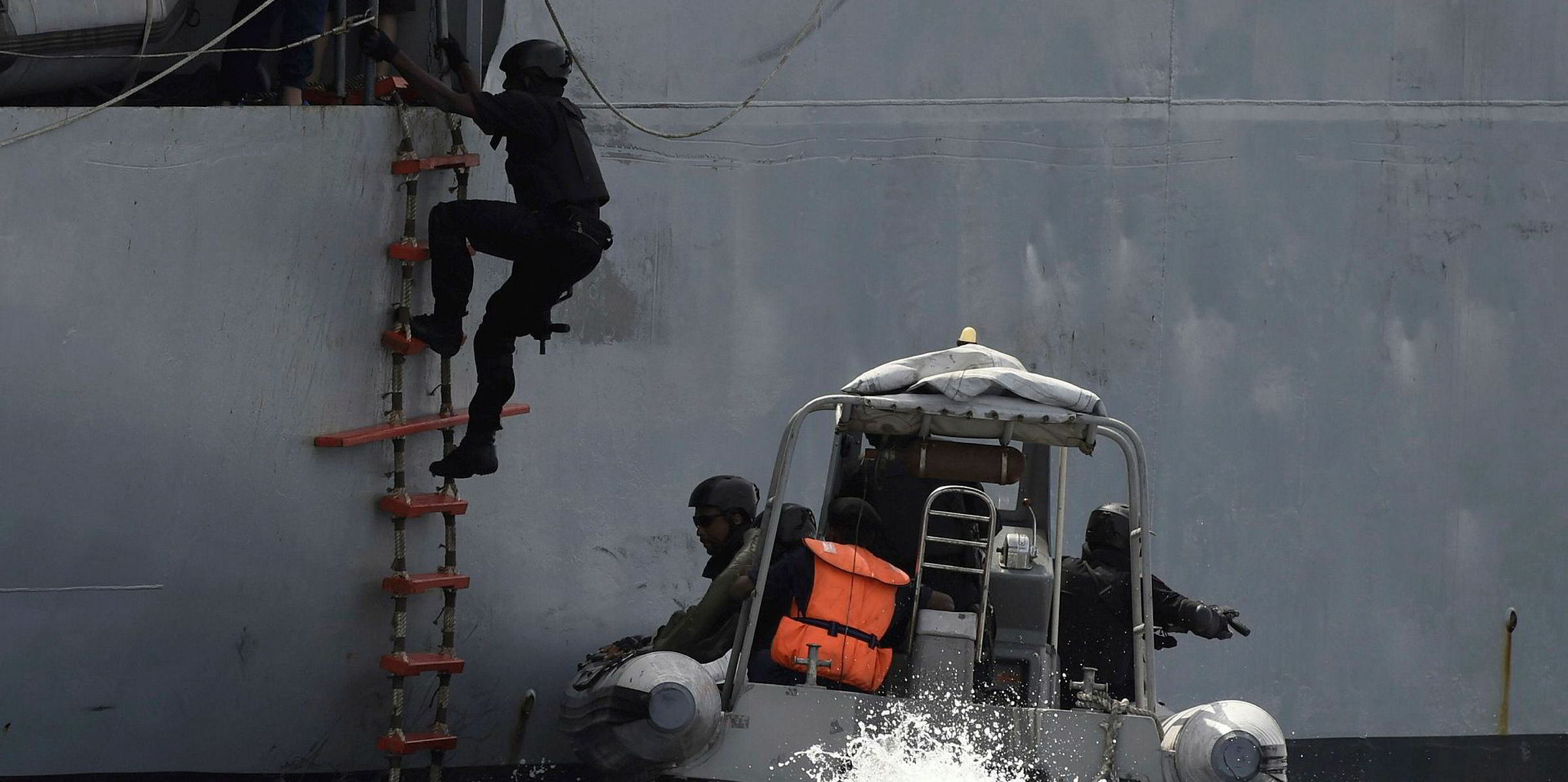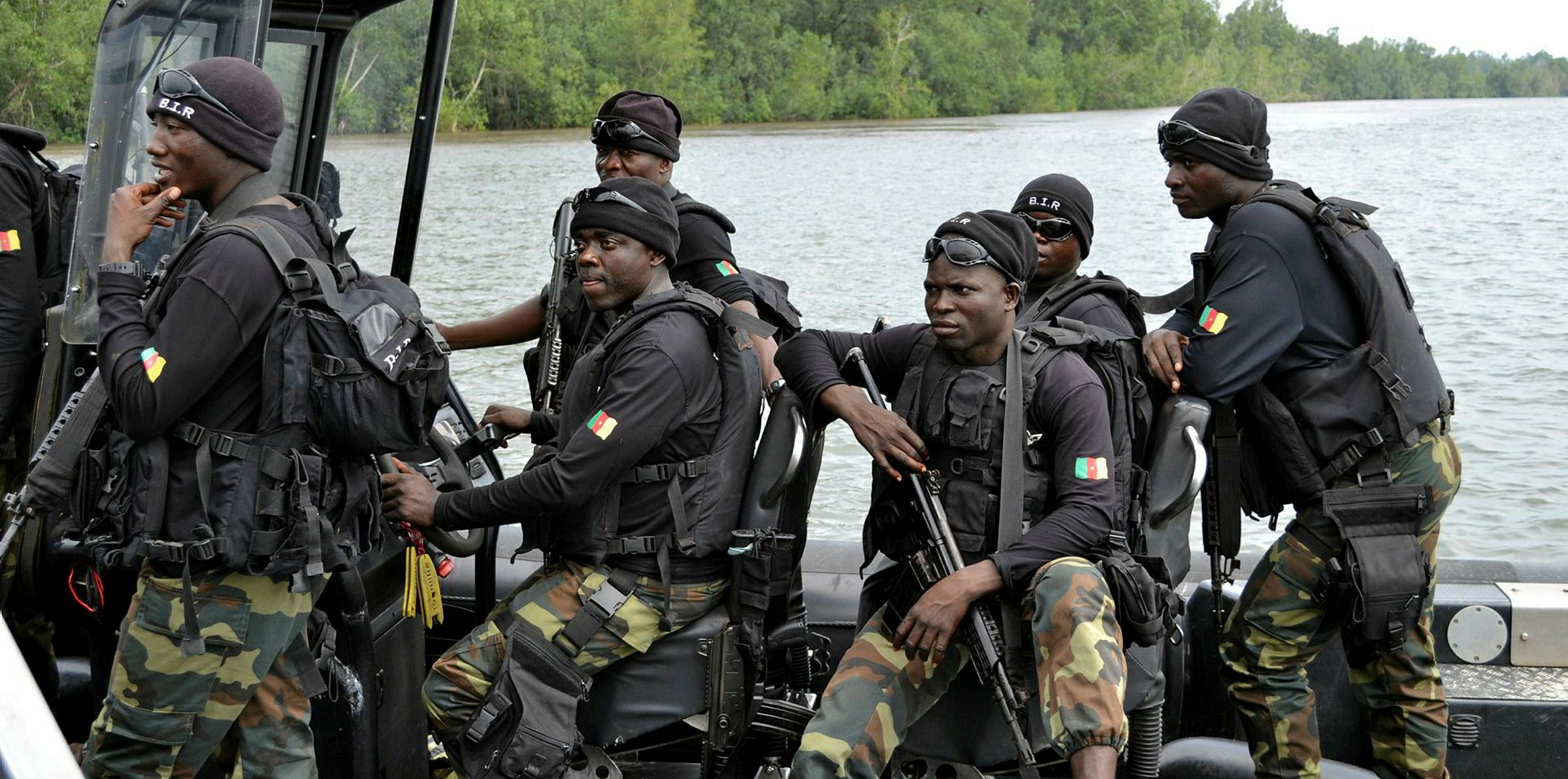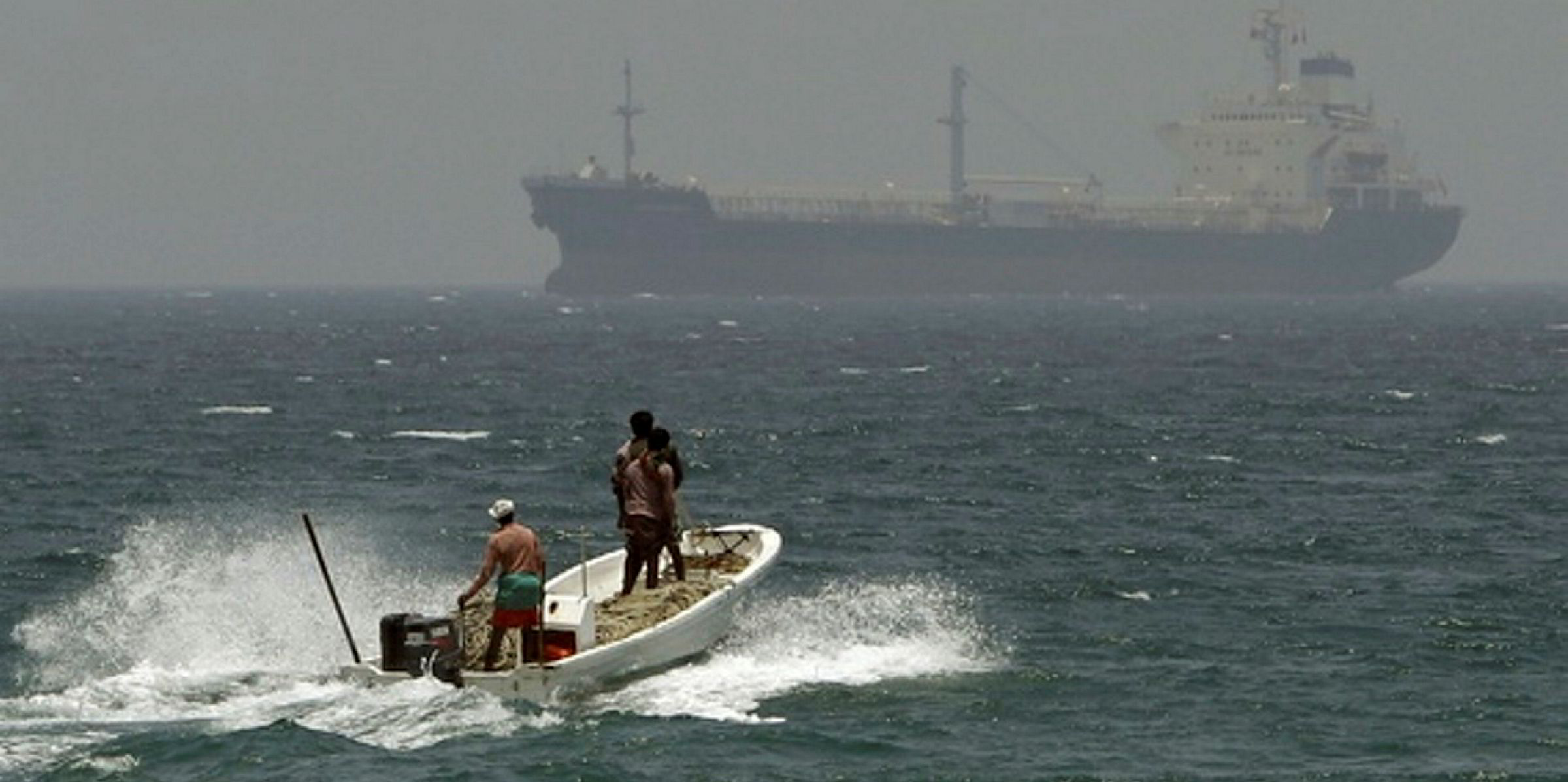With kidnappings in the Gulf of Guinea on the rise, it would appear that pirates now view ransom, as opposed to oil theft, as their new moneymaker.
So far this year, 98 seafarers have been abducted in the waters off West Africa, compared to 93 in 2018.
That total includes nine crew seized on the 58,105-dwt Bonita (built 2010) last Saturday off Benin and four taken from the 94,100-dwt Elka Aristotle (built 2003) on Monday off Togo, according to data from EOS Risk.

In a region where pirates have traditionally targeted oil cargoes rather than crew members, their shift in focus has caught observers off guard.
“[Kidnapping] has not been the modus operandi of Nigerian pirates,” said Brandon Prins, a political science professor at the University of Tennessee, who received a four-year grant from the US Department of Defense to study piracy. “The business model of Nigerian pirates had been to steal the ‘black gold’ and sell it on the black market.”
The practice, known in the region as bunkering, once led to Nigeria losing hundreds of thousands of barrels of oil per day and crew members being hurt or killed during raids.
Prins cited an insurgency in the Niger Delta in the Gulf of Guinea as a possible explanation. The region has long been locked in conflict involving armed militias against the Nigerian government and energy majors over control of oil reserves.
He said political violence had also risen in 2019.
“It is likely that members of these armed groups, not only do they fight against the state in some way, but they also may use piracy as a funding source,” Prins said.
“These groups are always looking for funding sources to pay their fighters, to buy their weapons. It may be that they see piracy as one funding angle they can utilise.”
The greatest risk area for piracy in the Gulf of Guinea remains within 150 nautical miles (278 km) of the Niger Delta, EOS head of intelligence services Jake Longworth said, adding that pirates have shown a willingness to enter the waters of neighbouring states to take hostages.
“Regional anchorages, especially Lome [Togo], Cotonou [Benin] and more recently Douala [Cameroon], have been especially prone to attacks due to ample anchored targets and an insufficient coastguard or naval presence,” Longworth said.
EOS statistics show 40 seafarers were kidnapped from Nigeria this year in nine incidents, 36 from Cameroon (six incidents) and 15 from Benin and seven from Togo (two incidents each).
The Cameroonian incidents include attacks in August on the 10,600-dwt MarMalaita (built 2002) and 33,500-dwt Victory C (built 2012), both MC Schiffahrt ships. In those incidents, 17 seafarers were taken hostage.
The largest kidnapping was in July, when 10 Turkish crew were captured from the 8,900-dwt Paksoy-1 (built 1997) off Brass, Nigeria.
In all three cases, the seafarers were released six weeks after they were kidnapped.
A Paksoy-1 crew member told local media they were held “in the woods” in swamp-like “tough conditions”, but said his captors were not violent.
Longworth said the initial attacks are often violent, but seafarers are treated relatively well in captivity if sensible negotiating strategies are used.
“The majority of cases are resolved within a month, although some have taken longer,” he said.






